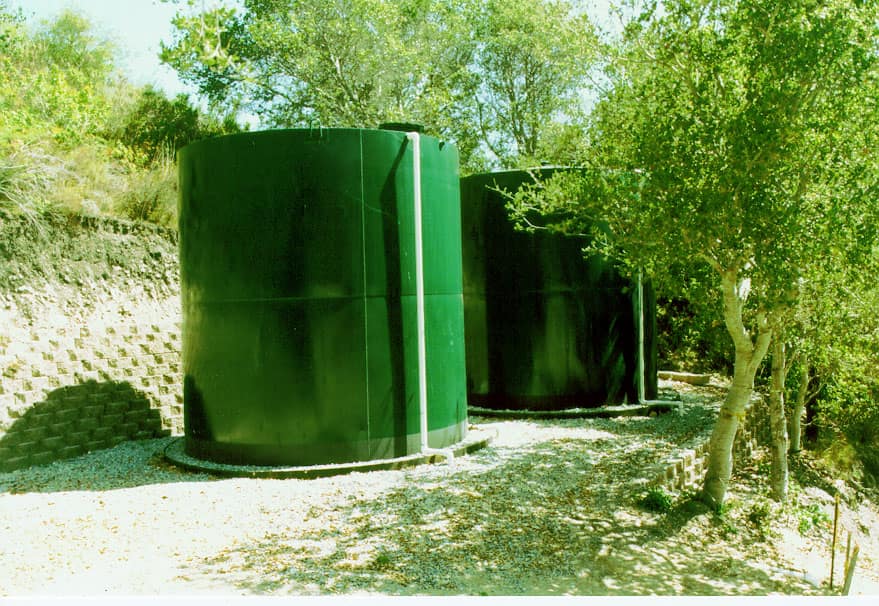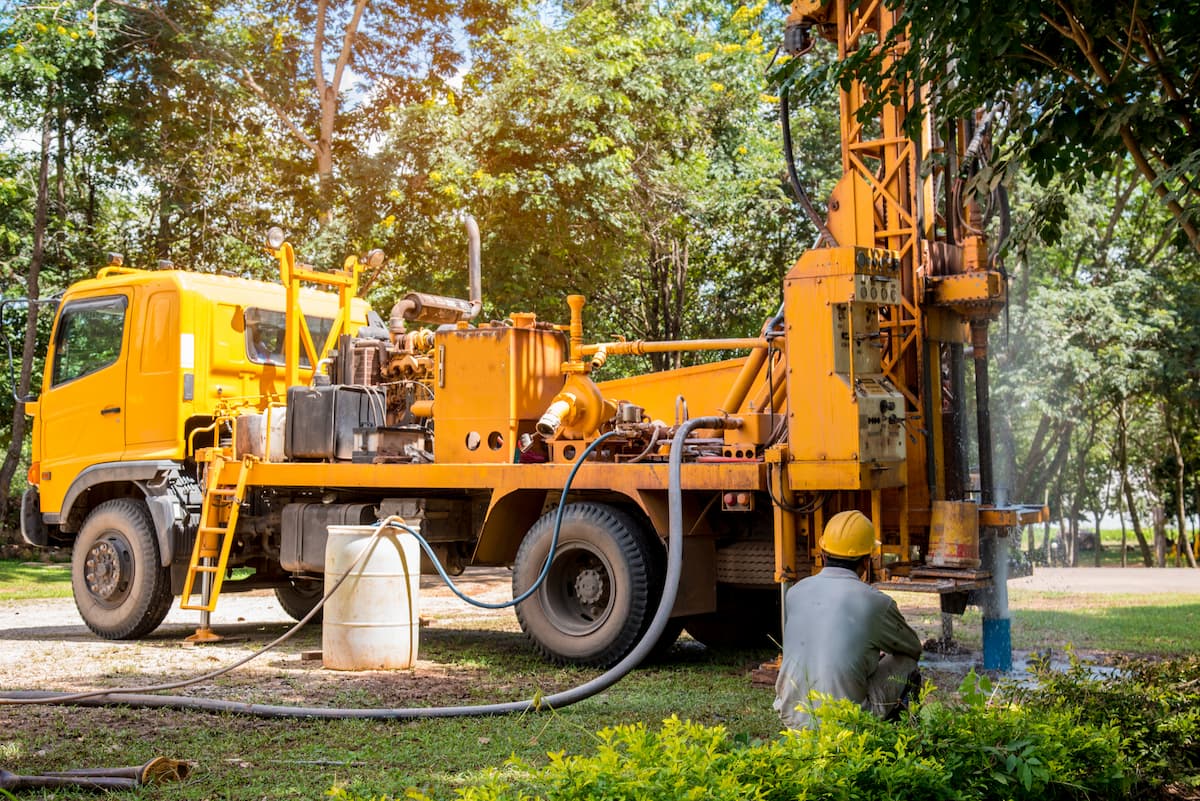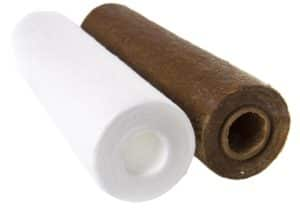Using Ozone To Treat Iron and Sulfur Odors in Well Water
Introduction to Iron Filtration
Iron filtration is essential for ensuring clean, odor-free water. Iron in well water can exist in two forms: ferrous iron (Fe2+) and ferric iron (Fe3+). Ferrous iron is soluble, while ferric iron is insoluble. Ferrous iron can cause unpleasant tastes and staining, while ferric iron can be removed through filtration. One highly effective method is the use of ozone to treat iron, as it provides a chemical-free way to oxidize and filter out contaminants.
Iron filtration systems, such as ozone iron filters, are designed to effectively remove both forms of iron and other impurities. These systems work by oxidizing ferrous iron into ferric iron, which then forms insoluble metal oxides that can be easily filtered out. By using ozone in the filtration process, you can achieve superior water quality without the need for additional chemicals.
Why Use Ozone to Treat Iron, Manganese, Sulfur Odor & Bacteria?
Ozone is a gas generated onsite by an ozone generator. While chlorine is commonly used in well water to treat iron, manganese, sulfur odor, and bacteria, iron filter systems offer a more efficient solution without leaving a chlorine taste and odor in the water.
Chlorination systems require fresh chlorine to be regularly added, often once a month, whereas ozone generators continue to work for years with little maintenance. When you use ozone to treat iron, you can have a more automatic system with less maintenance. Ozone treatment also helps eliminate iron bacteria, which can cause debris buildup in traditional filters.
Ozone is more effective than chlorination at disinfecting water with bacteria and viruses. In addition, the oxidizing properties combined with filtration after ozone injection quickly remove iron, manganese, and sulfur odors without the use of additional chemicals. Ozone treatment is also highly effective at removing rust stains, providing a natural solution for homeowners.
Ozone oxidizes the iron, manganese, and sulfur in the water to form insoluble metal oxides or elemental sulfur. These insoluble particles are then removed through post-filtration, typically with activated carbon, manganese dioxide, or other filter media. Managing backwash water is crucial in this process to ensure that the oxidized iron is effectively removed and the system operates efficiently.
Ozone is faster at killing bacteria and oxidizing iron and manganese than chlorine or peroxide. For example, the CT value (Concentration of the oxidizer multiplied by Time in minutes) for disinfecting water of viruses is 6. How many minutes are 6 at a 1 PPM chlorine concentration? whereas for ozone, the CT value is less than 1.
Of course, this varies depending on the water temperature and pH, but it gives a good illustration of how ozone works faster.
Ozone is quite unstable and will degrade over a time frame ranging from a few seconds to 30 minutes. The rate at which it will degrade is a function of water chemistry, pH, and water temperature. This means that after ozone is injected, it quickly breaks down into oxygen and leaves no chemical tastes or residues.
Our system is duly registered and not intended to treat microorganisms.
Benefits of Ozone Treatment
Ozone treatment offers a highly effective solution for iron removal and improving water quality. Ozone disinfection utilizes ozone generators to produce ozone, a powerful oxidant that can oxidize iron, manganese, and other impurities, making them easily filtered.
One key benefit of ozone treatment is its ability to remove iron and manganese without adding chemicals to the water. This method also effectively removes bacteria and viruses and enhances the water's taste and odor. Additionally, ozone treatment is a low-maintenance and cost-effective solution, making it an ideal choice for those looking to improve their water quality with minimal effort.
Iron and Manganese Removal
Removing iron and manganese from water is crucial to prevent staining, taste, and odor issues. Ozone iron filters are highly effective in this process, using ozone disinfection to oxidize iron and manganese into insoluble metal oxides.
The ozone generator produces ozone, which is then injected into the water. This ozone oxidizes the iron and manganese, transforming them into particulates that can be easily filtered out. This method removes iron and manganese efficiently, providing clean and safe drinking water. The entire process is streamlined and effective, making it a preferred choice for water treatment.
Ozone Generator Benefits
Ozone generators are vital to ozone iron filters, producing the ozone needed to oxidize iron, manganese, and other impurities. These generators offer several benefits, including the ability to produce ozone on demand, low maintenance requirements, and cost-effectiveness. Ozone generators are also highly effective in removing bacteria and viruses, making them an excellent choice for drinking water systems.
Furthermore, they can be used alongside other water treatment systems, such as filtration systems, to provide a comprehensive solution for water treatment. By incorporating ozone generators, you can ensure that your water is clean, safe, and free from harmful contaminants.
Contact Us for More Information
Do you have questions about choosing the right iron filter system or ozone treatment for your well water? Our team of Water Specialists is here to help. Whether you need guidance on installation, maintenance, or selecting the best filter media for your water conditions, we’re just a click away.
Contact us today at Clean Water Store for expert support and customized solutions for your home water treatment needs.
Resources:
Protection Agency (EPA) page:
U.S. Environmental Protection Agency. (2012). Secondary Drinking Water Standards: Guidance for Nuisance Chemicals. https://www.epa.gov/sdwa/secondary-drinking-water-standards-guidance-nuisance-chemicals














